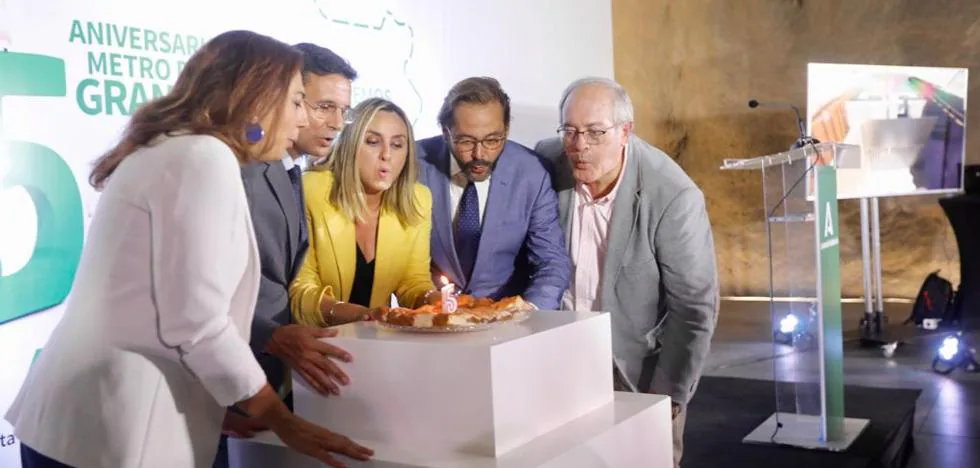A scientific picture can have the same problem as a news picture, namely, if its information is not properly analyzed, it can be misinterpreted by being taken out of context. The importance of analysis in the scientific picture was the protagonist of the second Ciencia en Barra session, which took place yesterday afternoon in Divergente. A scientist from the National Hospital for Paraplegics, Javier Mazario Torrijos, led him through a talk ‘What do my eyes see! The importance of analysis in the scientific picture’.
What Mazarío did in the first place was define the scientific picture. And since we’re in the year 2023, he’s gone to the GPT conversation for that, which is a visual representation of scientific data or information obtained through scientific technologies. It is used to communicate and visualize results. The case, the scientist noted, is that as “visual animals,” it’s easier for us to see things than to read them, for example.
Why is it important to perform an analysis on these scientific images? And it is not enough to look at it and come up with an idea, because the world may be conditioned by its prior knowledge or biased by what it expects to see.
Hence the need to turn the image into a source of scientific data, rather than an object of interpretation. The world needs image analysis to extract quantitative data that can be measured. Ultimately, it is about “some way, turning an image into numbers, into data that we can use in our scientific research and be able to compare and get measurements of the images.” There are also issues with image tampering, which can be detected through image analysis.
Mazarío was very precise in his speech and showed various scientific pictures, from laboratory materials to the microwave background radiation of the universe. He also brought samples from microscopy work on paraplegics. Everything was done in a very informative tone without going into, say, the protocols of this analysis.

0
Facebook
Twitter
Pinterest
LinkedIn
Email
More from Myrtle Frost
The expert will translate the documents of the company that abandoned the construction of the El Chaparral Dam
In 2020, a court ordered the preventive seizure of the assets of...
Read More



:quality(70)/cloudfront-us-east-1.images.arcpublishing.com/metroworldnews/VZSEILEKE5FMNGL6FS7KQX77NI.jpg)
:format(jpeg)/cloudfront-us-east-1.images.arcpublishing.com/gfrmedia/ZG5CLH7C2RA4JBC6BVCODKLLOY.jpg)